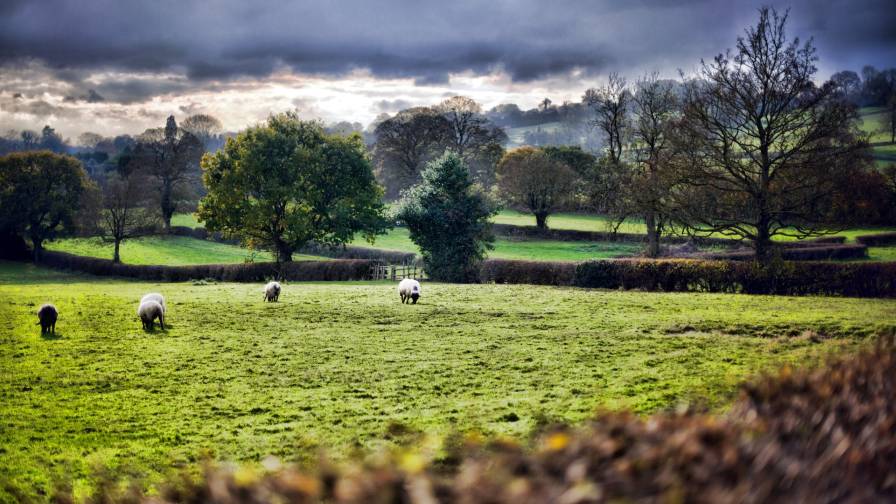Acres’ California Farmland Values: A Data-Driven Analysis – Telling the Story Behind the Numbers
Acres was created as a platform to support a more transparent and efficient land market by providing users with the information needed to make confident decisions about buying, listing, or farmland investment transactions by combining weekly market intelligence, parcel-level data, and research tools on a single platform for web and mobile use, writes Lynda Kiernan-Stone at Global AgInvesting.
By becoming a part of Acres’ growing network, users can unlock rural land insights, ownership information, nationwide land sales data (including in non-disclosure and partial disclosure states), and gain key layered insight about what can’t be seen on the ground such as crop history, vegetation and timber site indices, soil maps, county rent and yield records, elevation and topography, GSA and water district level information, power grid background, and flood history. Users can also showcase properties and share these insights via customizable PDF reports featuring their brand.
This introduction is not only to familiarize you with Acres and what they can accomplish for their partners, but to demonstrate just how the company is a valuable source of unrivaled data, analysis, and thought leadership for those in the ag investing space.
Luckily for us, Acres’ insights are being made available through a series of nationwide-scale, regional reports. Correlating with Acres’ previous Heartland Report, the firm is now offering actionable insights on one of the richest and most high-demand farmland markets in the country through their upcoming report, California Farmland Values: A Data-Driven Analysis, which is open for pre-order prior to its release on May 2.
MORE BY GLOBAL AGINVESTING
Ceres Imaging Launches Portfolio Insights for AI-Enabled Ag Asset Management
Orchard Robotics Gains $3.8M to Build Robots and AI to Power Precision Crop Management
Concentrating on data from 2018 – Q4 2023, this report explores a range of aspects that together comprise a complete view of the California farmland market. For example, it addresses the total number and value of permanent cropland sales by quarter and by crop; examines the significant spikes seen in both transaction volume and price per acre 2020 and 2021; and explores the volatility in 2023 annual cropland sales by volume in millions of dollars, and a spike seen at the end of 2021. Telling the story behind the numbers, Acres posits this happened as a result of bare ground, or open-option ground, being bought to be planted in permanent crops, demonstrating a high level of correlation and conversion between permanent and annual cropland.
Read more at Global AgInvesting.
Home








